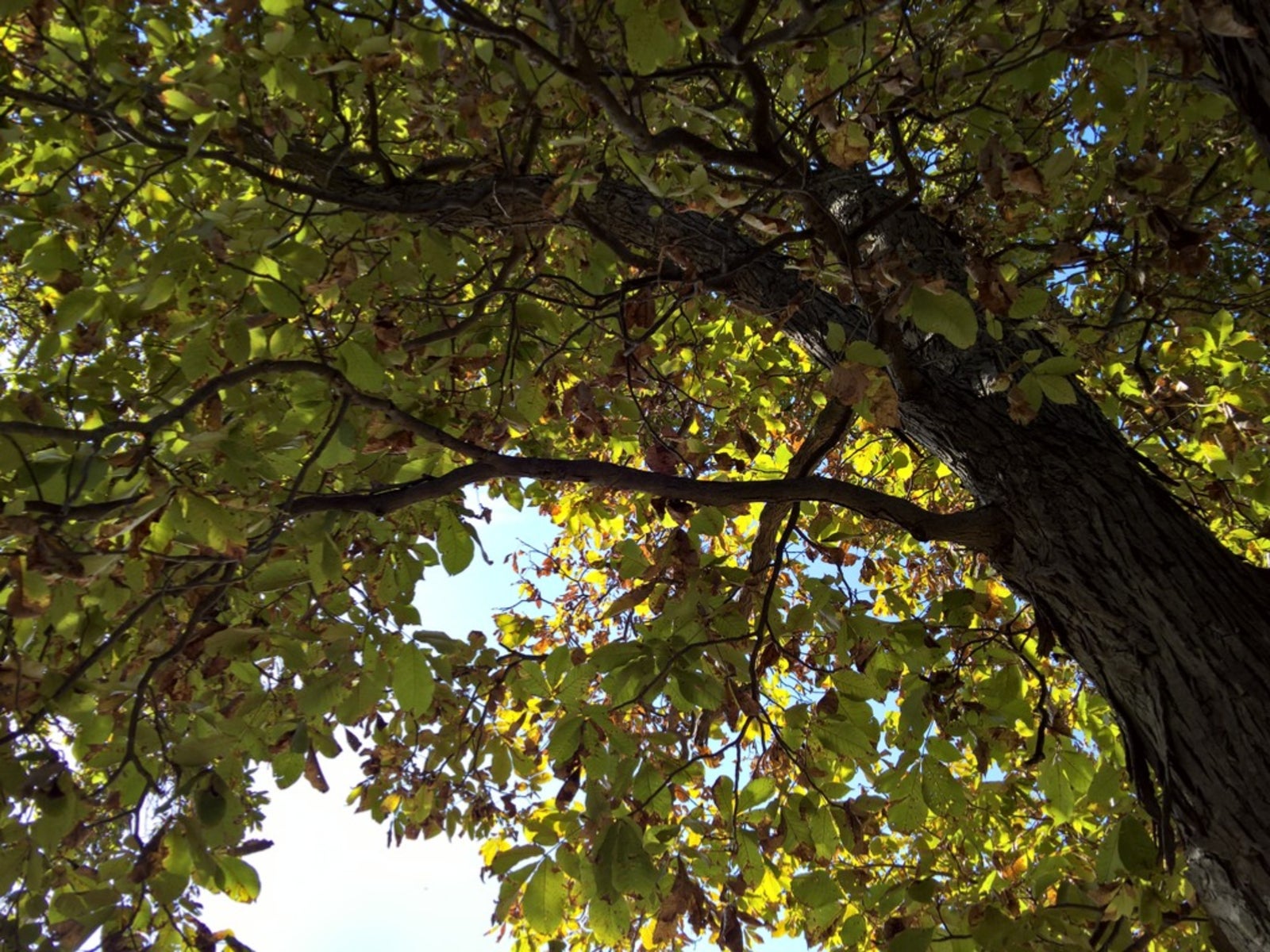About Hickory Trees - Tips For Growing A Hickory Tree


Hickories (Carya spp., USDA zones 4 through 8) are strong, handsome, North American native trees. While hickories are an asset to large landscapes and open areas, their large size makes them out of scale for urban gardens. Keep reading to learn more about growing a hickory tree.
Hickory Trees in the Landscape
The best types of hickory trees for nut production are shellbark hickory (C. laciniosa) and shagbark hickory (C. ovata). Other types of hickory trees, such as mockernut hickory (C. tomentosa) and pignut hickory (C. galabra) are fine landscape trees, but the hickory tree nuts aren't the best quality. Pecans (C. illinoensis) are also a type of hickory, but they aren't generally called hickory trees. Although growing a hickory tree collected from the wild is fine, you'll have a healthier tree with better quality nuts if you buy a grafted tree. Shagbark and shellbark hickory tree nuts differ in appearance. Shagbark nuts have a thin, white shell, while shellbark nuts have a thick, brown shell. Shellbark trees produce larger nuts than shagbark. You can distinguish between the two types of hickory trees in the landscape by the bark. Shellbark trees have large plates of bark, while shagbark trunks have peeling, shaggy bark. In fact, shagbark hickories are particularly ornamental, with long strips of bark that come loose and curl out at the ends but stay attached to the tree in the middle, making it look as though it's having a bad hair day.
About Hickory Trees
Hickories are attractive, high-branching trees that make excellent, easy-care shade trees. They grow 60 to 80 feet (18 to 24 m.) tall with a spread of about 40 feet (12 m.). Hickory trees tolerate most soil types, but insist on good drainage. The trees produce the most nuts in full sun, but also grow well in light shade. Falling nuts can damage cars, so keep hickory trees away from driveways and streets. Hickories are slow-growing trees that take 10 to 15 years to begin producing nuts. The trees tend to bear heavy and light crops in alternate years. Good maintenance while the tree is young may bring it into production sooner. Water the tree often enough to keep the soil lightly moist for the first season. In subsequent years, water during dry spells. Apply the water slowly to allow deep penetration. Eliminate competition for moisture and nutrients by creating a weed-free zone under the canopy. Fertilize the tree annually in early spring or fall. Measure the diameter of the trunk five feet (1.5 m.) above the ground and use a pound of 10-10-10 fertilizer for each inch (2.5 cm.) of trunk diameter. Spread the fertilizer under the canopy of the tree, beginning about 3 feet (90 cm.) out from the trunk. Water the fertilizer into the soil to a depth of about a foot (30 cm.).
Sign up for the Gardening Know How newsletter today and receive a free copy of our e-book "How to Grow Delicious Tomatoes".

Jackie Carroll has written over 500 articles for Gardening Know How on a wide range of topics.